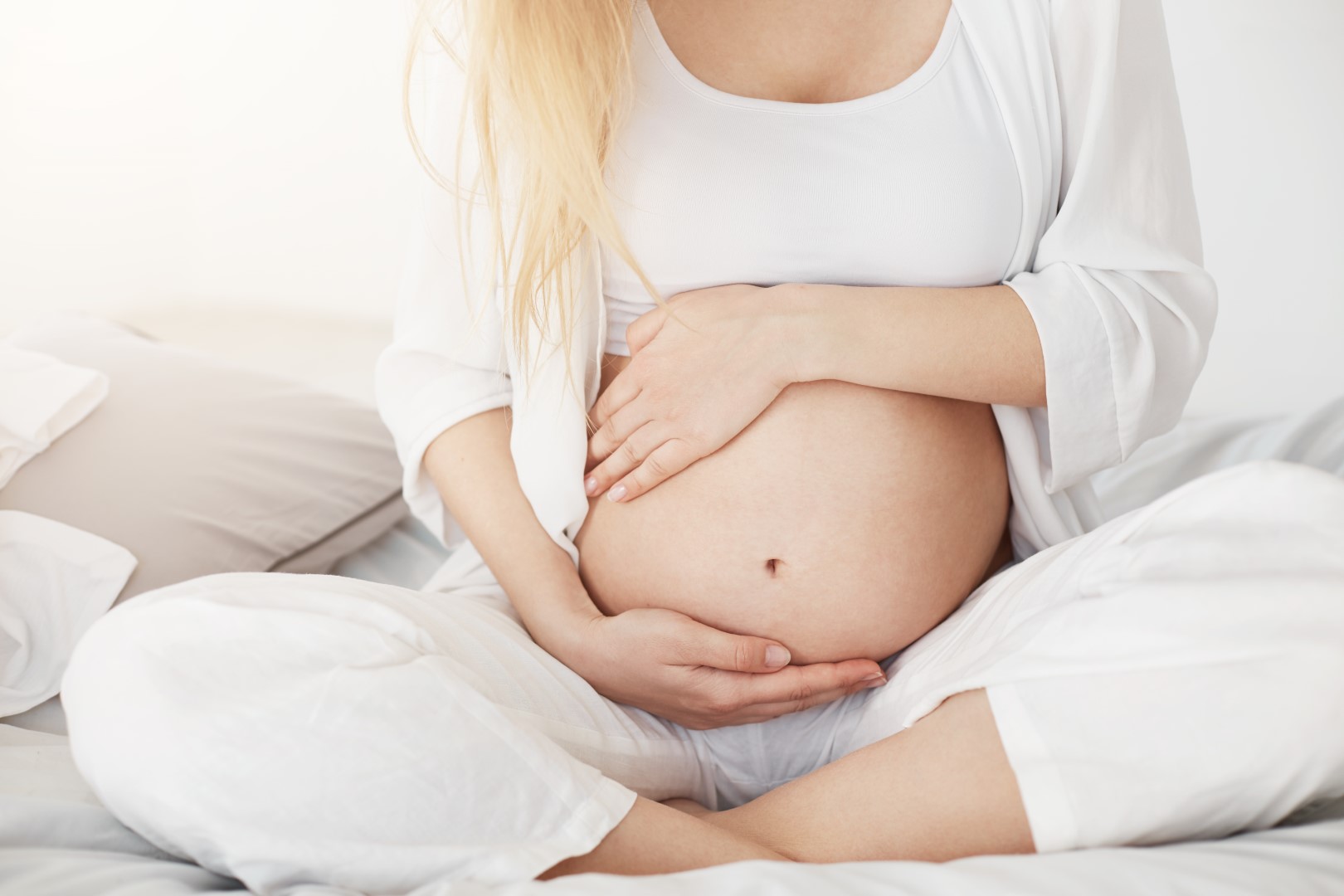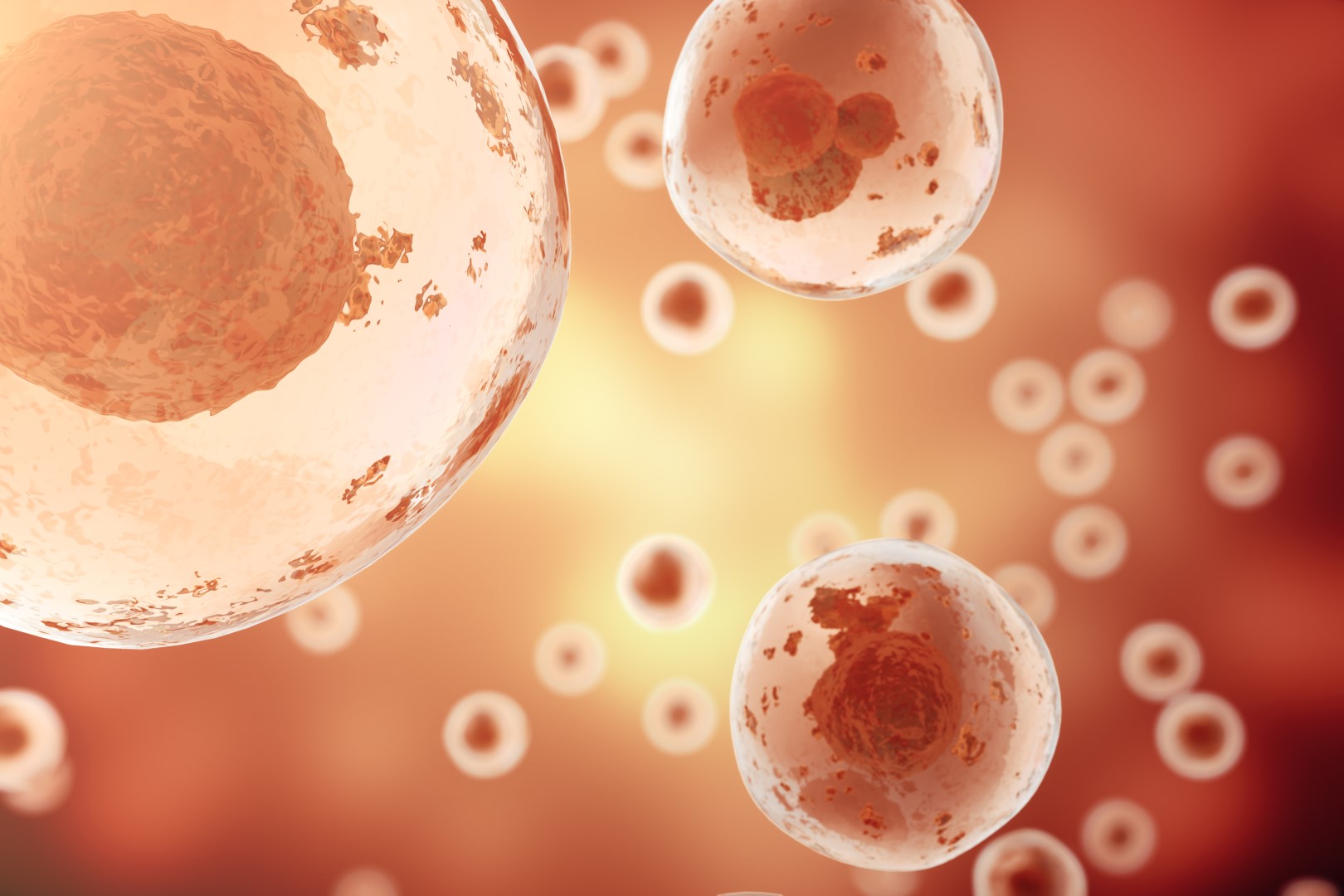ROPA Method
In addition to the possibility of receiving artificial insemination or IVF/ICSI with donor sperm, there are currently other reproductive options for couples made up of two women that allow both to participate.

In addition to the possibility of receiving artificial insemination or IVF/ICSI with donor sperm, there are currently other reproductive options for couples made up of two women that allow both to participate.
The reception of eggs from the partner, known as the ROPA method, is one of the most requested treatments. It consists of transferring embryos generated by IVF using the eggs of one woman and donor sperm, which are then transferred to the uterus of the other woman.
The process is very similar to IVF/ICSI with donor sperm, with the exception that in the final stage, the embryos are transferred to the woman who did not provide the eggs.
NOTE: Currently, and in accordance with current legislation, the requirement to receive this treatment as a couple is that they must be legally married. Under these circumstances, it will be possible to donate gametes to the spouse without violating the law.



The stages of the process will be the following:
1. Ovarian hyperstimulation
Controlled ovarian hyperstimulation in the woman who will provide the eggs.
Sometimes it can be done on a natural cycle when follicular development is adequate.
Controlled ovarian stimulation increases follicular development and therefore the chances of having more than one egg available.
2. Oocyte recovery
Oocyte recovery process. The eggs are removed from the ovaries using ultrasound-guided follicular puncture, performed under sedation.
3. IVF and embryo culture
Conventional IVF: The eggs and sperm are mixed in a culture dish to allow fertilization to occur naturally.
ICSI: A single sperm is injected directly into each egg to facilitate fertilization.
In embryo culture, the fertilized eggs (now embryos) are cultured in a specially adapted medium that mimics the conditions of the human body.
They are monitored daily to assess their development, including cell division rate and morphology.
4. Endometrial preparation of the couple who will receive the embryos
This process involves a hormonal treatment that mimics the natural changes of the menstrual cycle, ensuring that the endometrium is in the appropriate phase to receive and nourish the embryo.
The goal is to synchronize endometrial development with the stage of the embryos, increasing the chances of successful implantation and, therefore, of a viable pregnancy.



